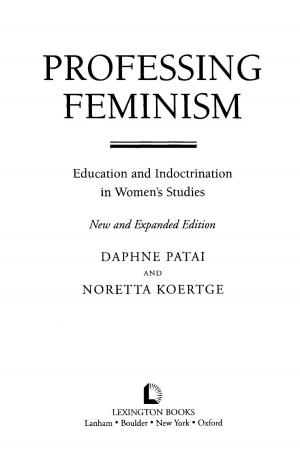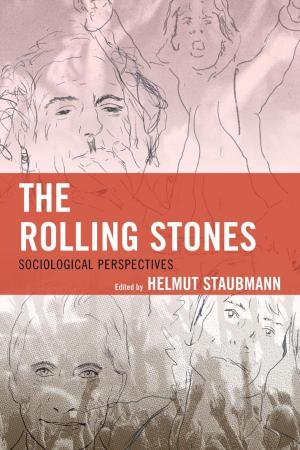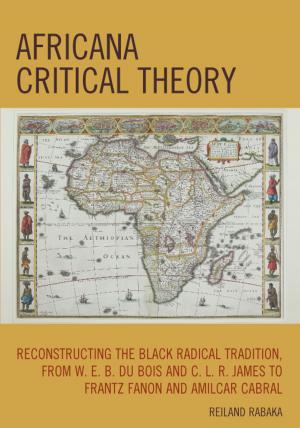African American Life and Culture in Orange Mound
Case Study of a Black Community in Memphis, Tennessee, 1890–1980
Nonfiction, Social & Cultural Studies, Social Science, Cultural Studies, Ethnic Studies, African-American Studies, Anthropology| Author: | Charles Williams, PhD | ISBN: | 9780739175866 |
| Publisher: | Lexington Books | Publication: | August 28, 2013 |
| Imprint: | Lexington Books | Language: | English |
| Author: | Charles Williams, PhD |
| ISBN: | 9780739175866 |
| Publisher: | Lexington Books |
| Publication: | August 28, 2013 |
| Imprint: | Lexington Books |
| Language: | English |
African American Life and Culture in Orange Mound is an exploration of the conditions of living for residents of a segregated subdivision in the deep south from 1890 to 1919. It is also a study of contemporary approaches to community building during a time period of racial segregation and polarization. The town of Orange Mound, built by Elzey E. Meacham as an all-black subdivision for “negroes,” represents a unique chapter in American history. There is no other case, neither in the deep South nor in the far West, of such a tremendous effort on the part of African Americans to come together to occupy a carved out space—eventually making it into a black community on the outskirts of Memphis on a former slave plantation.
The significance of “community” continues to be relevant to our ever-evolving understanding of racial and ethnic formations in the South. This ethnography of community, family, and institution in the latter nineteenth and early twentieth-century Shelby County Tennessee reveals the richness and complexity of community building through an investigation of cultural and historic community development, settlement patterns, kinship networks, and sociopolitical, economic, and religious value systems in the historic black community of Orange Mound.
This research is the product of a thorough ethnographic study conducted over a three-year period which involves participation observation, in-depth interviews, textual analysis of family histories, newspapers, census data, and local government and church records. Even though textual analysis was used throughout the text, its intent was to utilize the concepts and categories that were relevant and meaningful to the people of Orange Mound.
African American Life and Culture in Orange Mound is an exploration of the conditions of living for residents of a segregated subdivision in the deep south from 1890 to 1919. It is also a study of contemporary approaches to community building during a time period of racial segregation and polarization. The town of Orange Mound, built by Elzey E. Meacham as an all-black subdivision for “negroes,” represents a unique chapter in American history. There is no other case, neither in the deep South nor in the far West, of such a tremendous effort on the part of African Americans to come together to occupy a carved out space—eventually making it into a black community on the outskirts of Memphis on a former slave plantation.
The significance of “community” continues to be relevant to our ever-evolving understanding of racial and ethnic formations in the South. This ethnography of community, family, and institution in the latter nineteenth and early twentieth-century Shelby County Tennessee reveals the richness and complexity of community building through an investigation of cultural and historic community development, settlement patterns, kinship networks, and sociopolitical, economic, and religious value systems in the historic black community of Orange Mound.
This research is the product of a thorough ethnographic study conducted over a three-year period which involves participation observation, in-depth interviews, textual analysis of family histories, newspapers, census data, and local government and church records. Even though textual analysis was used throughout the text, its intent was to utilize the concepts and categories that were relevant and meaningful to the people of Orange Mound.















